Disclosure: This article contains affiliate links. We may earn a commission from purchases at no extra cost to you, which helps our travel content.
When most travelers map out their Cambodia itinerary, Battambang often gets relegated to a quick day trip for the novelty of the bamboo train. Big mistake. After spending a week immersed in this riverside provincial capital, I've discovered it's Cambodia's best-kept secret for authentic cultural experiences without the tourist crowds of Siem Reap or Phnom Penh. As someone who's usually hunting down designer flagships in fashion capitals, this budget-friendly adventure through Cambodia's cultural heartland offered a refreshing palette cleanser. The city's French colonial architecture, vibrant arts scene, and surrounding countryside create the perfect backdrop for genuine connections with local culture. Ready to go beyond the typical tourist track? Let me walk you through my week of cultural immersion in beautiful Battambang—where the famous bamboo train is just the beginning of the adventure.
Riding the Legendary Bamboo Train (Norry)
Let's start with the obvious—yes, you absolutely need to experience Battambang's iconic bamboo train (norry). But let me give you the insider perspective on making the most of this quirky transportation system that's uniquely Cambodian.
The bamboo train isn't what you might imagine from the name. Picture a simple bamboo platform about the size of a double bed mounted on two axles with wheels. The entire contraption is powered by a small motorcycle or tractor engine that propels you along abandoned railway tracks at a surprisingly zippy 30mph. The wind whips through your hair as you clatter along the uneven tracks, surrounded by lush green rice paddies stretching to the horizon.
What makes this experience truly special isn't just the ride itself but the ingenious system for handling oncoming traffic. When two trains meet on the single track, the one with fewer passengers quickly disassembles—the bamboo platform lifted off, the axles removed—allowing the other to pass before reassembling in about a minute. It's engineering simplicity at its finest.
My driver, a local man named Sokha with weathered hands and an infectious laugh, shared stories of how these trains were vital for transporting goods and people after the formal rail system collapsed during years of conflict. Today, they primarily serve tourists, but the experience remains authentic.
The standard route takes you to a small village where local vendors sell scarves and cold drinks. While some might call this a tourist trap, I found it to be a perfectly pleasant stop to chat with locals and hydrate before the return journey. Just be sure to bring your compact camera rather than your phone—the bumpy ride makes it easy to drop electronics, and this sturdy point-and-shoot with its wrist strap saved my photography more than once.
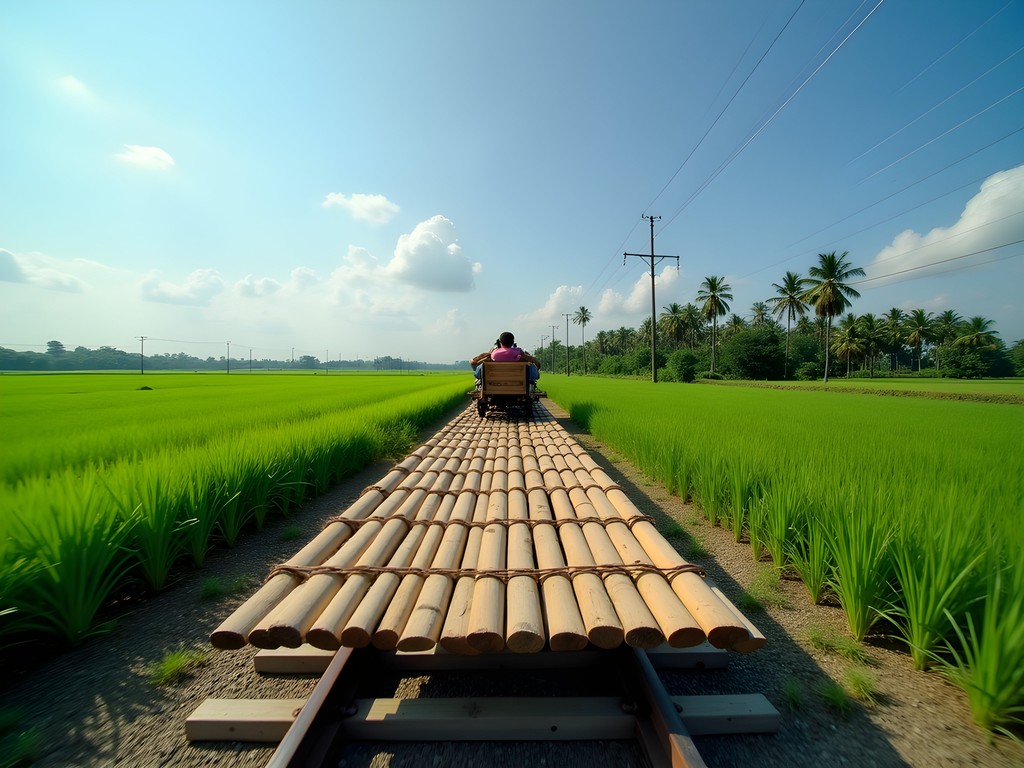
💡 Pro Tips
- Visit early morning (around 8-9am) to avoid both the midday heat and the larger tour groups
- Negotiate your price beforehand—expect to pay around $5-10 per person round trip
- Wear sunscreen and a hat—there's zero shade on the bamboo platform
Temple Hopping Through Centuries of History
While Angkor Wat gets all the glory, Battambang's ancient temples offer something equally valuable—solitude. During my week exploring, I often found myself completely alone among these architectural treasures, creating moments of reflection impossible to find at Cambodia's more famous sites.
Start with Wat Banan, often called the 'mini Angkor Wat,' perched dramatically atop a hill reached by climbing 358 stone steps. The 11th-century temple features five towers arranged in a quincunx pattern similar to its more famous cousin. The real magic happens at sunset when the ancient sandstone glows amber against the darkening sky. I spent nearly two hours here one evening, watching the light change while chatting with a young monk eager to practice his English.
Phnom Sampeau offers a more sobering historical experience. The limestone mountain houses not only beautiful temples but also the infamous Killing Caves where the Khmer Rouge executed thousands. A memorial of skulls and bones serves as a haunting reminder of Cambodia's dark past. As difficult as it is to witness, understanding this history provides crucial context for appreciating Cambodia's resilience. The mountain is also home to the spectacular bat exodus—around 5:30pm, millions of bats stream from the caves in undulating ribbons across the twilight sky.
For a less-visited gem, seek out Wat Ek Phnom. This partially collapsed 11th-century temple sits beside a massive modern Buddhist pagoda, creating a striking visual contrast between ancient and contemporary religious architecture. I encountered only two other visitors during my afternoon there.
Navigating between these temples requires transportation. While tuk-tuks are plentiful, I opted to rent a electric scooter from my guesthouse for greater freedom. However, if you're not comfortable navigating Cambodian roads, hiring a driver for the day (around $15-20) is money well spent.

💡 Pro Tips
- Visit Wat Banan early morning or late afternoon to avoid both heat and crowds
- Bring plenty of water for temple exploring—the tropical heat is intense
- Dress respectfully with shoulders and knees covered when visiting active temples
Artisan Workshops & Creative Renaissance
What truly sets Battambang apart is its thriving arts scene—a creative renaissance that emerged in defiance of historical tragedy. The city has become Cambodia's artistic heartland, and connecting with these creators was the highlight of my week.
Start your artistic journey at Phare Ponleu Selpak, a non-profit arts school that trains disadvantaged youth in circus, music, and visual arts. Their circus performances blend traditional Khmer storytelling with breathtaking acrobatics. I caught a Monday evening show that left me speechless—teenagers performing death-defying stunts while tackling complex social issues through narrative. Tours of the campus are available during daytime hours, allowing visitors to observe classes and studio sessions.
For a hands-on experience, I spent a morning at the Bamboo Train Workshop, where I learned to make traditional bamboo sticky rice containers under the patient guidance of Mr. Toun, a master craftsman. His weathered hands demonstrated each step with precision born from decades of practice. The workshop costs just $8 and includes materials, instruction, and refreshments.
Battambang also hosts several contemporary art galleries worth exploring. Romcheik 5 Art Space showcases work by young Cambodian artists in a converted shophouse, while Sangker Gallery regularly features rotating exhibitions addressing social and environmental issues. I was particularly moved by an installation examining the impact of fast fashion—a sobering perspective for someone who works in the retail industry.
To document these rich visual experiences, I relied heavily on my travel journal which became filled with sketches, pressed leaves, and observations throughout the week. There's something about putting pen to paper that helps me process experiences more deeply than digital documentation alone.
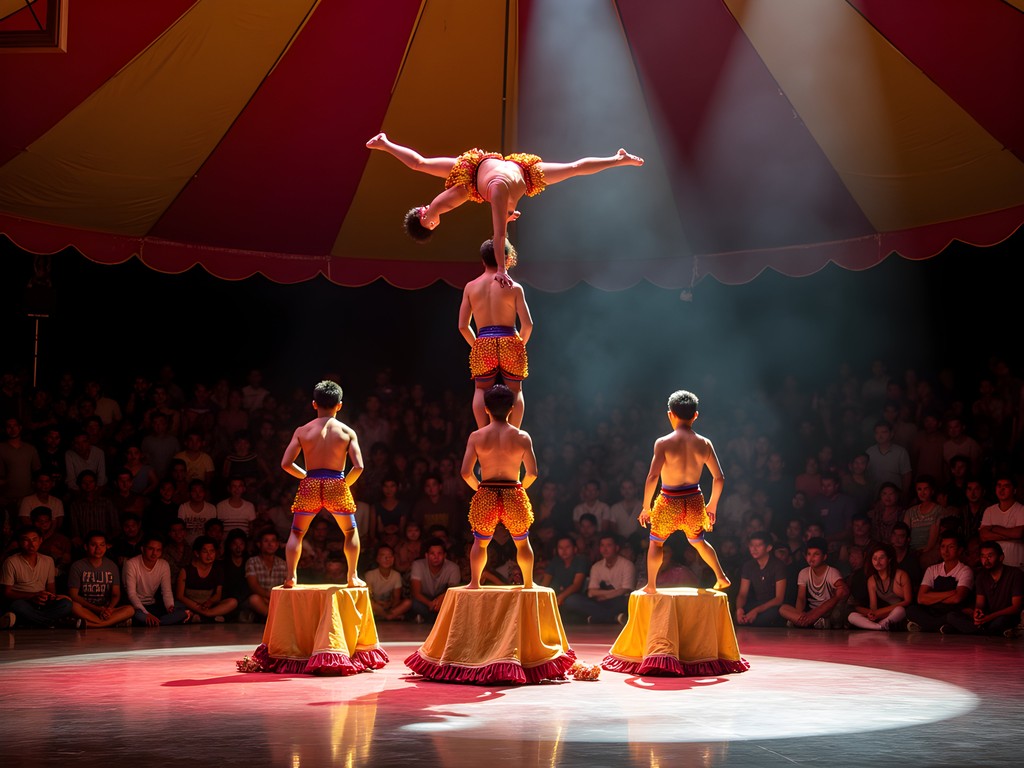
💡 Pro Tips
- Book circus performances at Phare Ponleu Selpak in advance during high season
- Many workshops require advance booking—have your hotel make calls in Khmer if possible
- Support local artists by purchasing original works rather than mass-produced souvenirs
Culinary Adventures Along the Sangkae River
For a retail buyer who typically navigates the culinary landscapes of fashion capitals, Battambang's food scene was refreshingly unpretentious yet sophisticated in its own right. The city's position as Cambodia's rice bowl means access to the freshest ingredients, while its history of French colonialism has left subtle influences on local cuisine.
My culinary exploration centered around the scenic Sangkae River, which winds through town creating a natural backdrop for dining. Each evening, I made a point to try different riverside establishments, from plastic-chair local spots to more upscale restaurants housed in restored colonial buildings.
Jaan Bai (meaning 'rice bowl') quickly became my favorite. This social enterprise restaurant trains disadvantaged youth in hospitality while serving contemporary Cambodian cuisine. Their fish amok—Cambodia's national dish of curry-steamed fish in banana leaves—was the best I tasted during my entire Cambodia trip. The restaurant's airy colonial architecture and riverside location make it perfect for lingering over dinner and cocktails.
For breakfast, I followed locals to the bustling central market where food stalls serve bowls of kuy teav (rice noodle soup with pork or beef) for less than a dollar. Sitting on tiny plastic stools alongside workers starting their day, I felt completely immersed in daily Battambang life.
The true highlight was my cooking class at Nary Kitchen, where I spent a half-day learning to prepare traditional dishes. We started with a market tour, selecting fresh ingredients while learning about Cambodian produce and herbs. Back in the open-air kitchen, I mastered the techniques for making fish amok, mango salad, and spring rolls. The spice grinder I purchased after returning home has allowed me to recreate these flavors in my California kitchen, though nothing quite matches eating these dishes in their birthplace.
Don't miss sampling Battambang's famous oranges—sweeter and juicier than any citrus I've tasted elsewhere. Local vendors sell them freshly peeled and segmented in small bags along the riverside promenade.

💡 Pro Tips
- Book cooking classes at least a day in advance—the best ones fill up quickly
- Look for restaurants displaying safe ice certification if you're ordering drinks with ice
- The best street food is often found where you see the most locals gathered
Rural Village Life & Countryside Tours
While the city itself offers plenty to explore, Battambang's surrounding countryside provides the most authentic glimpse into traditional Cambodian life. After years of visiting carefully curated retail environments in major cities, witnessing genuine rural production methods was both humbling and fascinating.
I booked a full-day countryside tour with Butterfly Tours, a social enterprise employing university students as guides. My guide, Sophal, took me on a circuit of traditional village industries still operating as they have for generations.
At a family-run rice paper operation, I watched women deftly spread rice batter onto cloth stretched over steaming water, creating the translucent wrappers used for spring rolls. Nearby, another family produced rice wine using methods unchanged for centuries—fermenting rice in earthen vessels before distilling the alcohol through bamboo tubes cooled by river water.
Perhaps most interesting was the fish paste (prahok) production, where freshwater fish are salted and fermented in large wooden barrels to create Cambodia's distinctive seasoning. The pungent aroma is admittedly challenging for Western noses, but understanding its central role in Cambodian cuisine gave me new appreciation for the complex flavors I'd been enjoying all week.
The countryside tour also included visits to families producing bamboo sticky rice (a sweet treat steamed inside bamboo sections) and traditional scarves (krama) woven on wooden looms under stilted homes. At each stop, I had opportunities to try my hand at the production methods—my clumsy attempts providing much amusement for the skilled artisans.
Navigating between villages required crossing streams and traversing narrow dirt paths. My water shoes proved invaluable during these transitions, offering better protection than sandals while drying quickly after stream crossings.
What struck me most was the circular economy visible in these villages—nothing goes to waste. Rice husks fuel cooking fires, leftover mash from rice wine production feeds pigs, and even the ash from fires becomes fertilizer for gardens. It's a level of sustainability that puts our modern systems to shame.
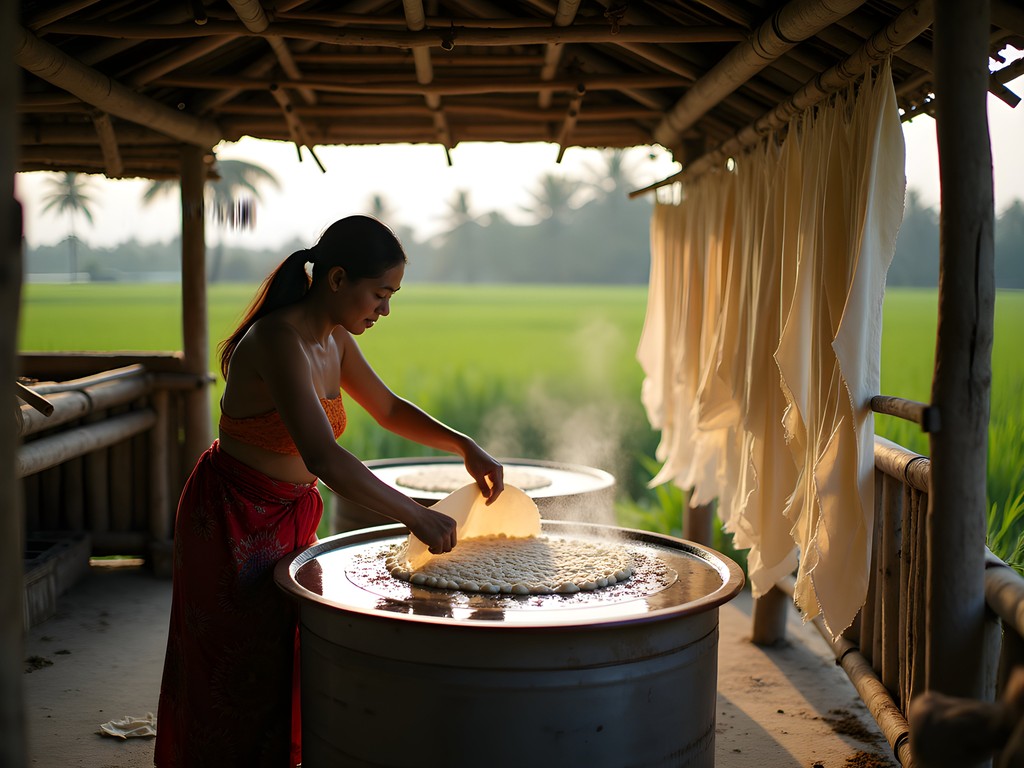
💡 Pro Tips
- Book countryside tours with social enterprises that benefit local communities directly
- Bring small denominations of US dollars for purchasing items directly from village producers
- Ask permission before photographing people in villages—a respectful approach goes a long way
Final Thoughts
As my week in Battambang came to a close, I found myself reluctant to leave this authentic slice of Cambodia behind. In a world where so many destinations have become Instagram backdrops, Battambang remains refreshingly genuine—a place where connections with local people happen naturally rather than through staged cultural performances.
The bamboo train may be what draws visitors initially, but it's the warmth of Battambang's people, the richness of its artistic renaissance, and the glimpses into traditional ways of life that create lasting impressions. For travelers willing to venture beyond Cambodia's more famous destinations, Battambang offers cultural immersion that feels both accessible and authentic.
Whether you're seeking ancient temples without crowds, meaningful artistic exchanges, culinary discoveries, or insights into traditional village life, this riverside city delivers experiences that transcend typical tourism. When planning your Cambodia itinerary, don't make the mistake I nearly did—give Battambang the time it deserves. This isn't just a day-trip destination; it's the cultural heart of Cambodia waiting to be explored.
✨ Key Takeaways
- Battambang deserves more than a day trip—plan at least 3-4 days to fully appreciate its cultural offerings
- Support social enterprises like Phare Circus and Butterfly Tours that provide opportunities for local youth
- The best experiences come from genuine interactions with locals—be open to conversation and cultural exchange
📋 Practical Information
Best Time to Visit
November to February (dry season with cooler temperatures)
Budget Estimate
$25-40 per day including accommodation, food and activities
Recommended Duration
Minimum 3-4 days, ideally a full week
Difficulty Level
Intermediate

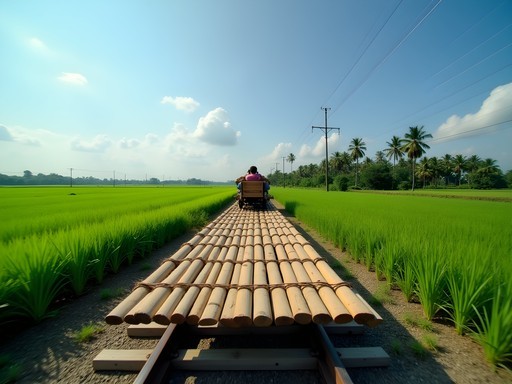

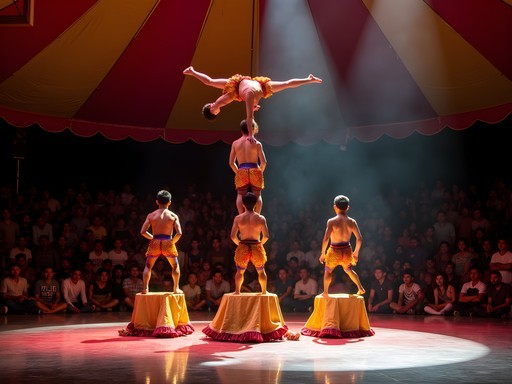
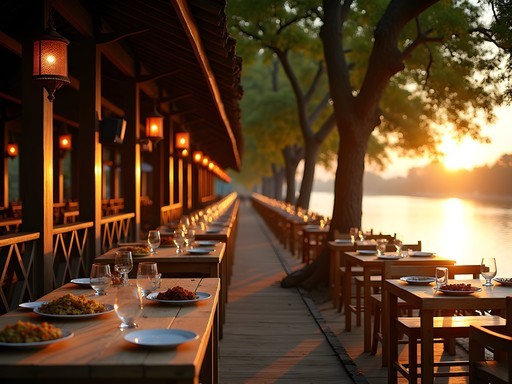
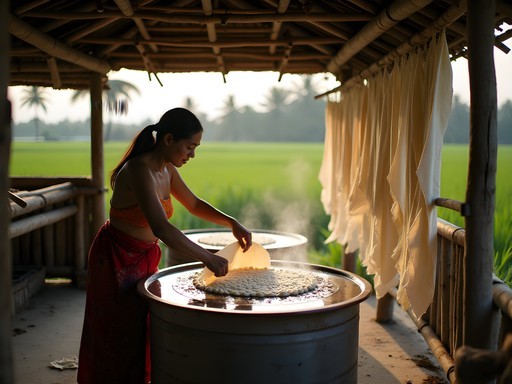









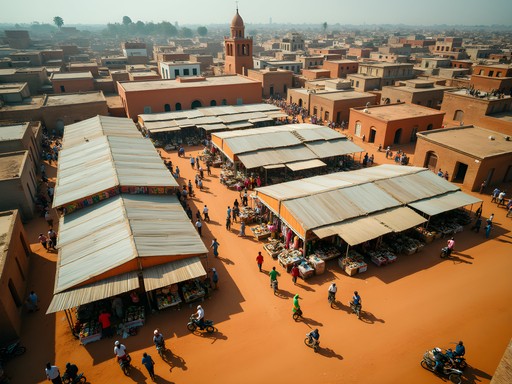
Comments
smartmate
Great post! How many days would you recommend for Battambang? Is it easy to get there from Siem Reap?
hikingstar
Not the author but we took a minibus from Siem Reap - about 3 hours. Definitely stay at least 3 days to really experience it properly!
smartmate
Thanks! Adding it to my itinerary for sure. Was worried it was just a day trip destination but clearly there's much more to see.
Hunter Thompson
Brilliant post, Jose! Battambang was the unexpected gem of my Cambodia trip too. I spent two weeks there last year and fell in love with the place. The bamboo train is just the beginning! Those artisan workshops you mentioned are fantastic - I did a pottery class at Chea's Clay Studio and still have my (very wonky) bowl as a souvenir. For anyone heading there, I'd recommend staying at least 3-4 days and definitely hire a local guide for the countryside temple tour. Our guide Sophal knew all the hidden spots and shared incredible stories about surviving the Khmer Rouge era. Made the history come alive in a way no guidebook could. I used my waterproof daypack during rainy season visits to the temples and it was a lifesaver!
smartmate
Any recommendations for specific guides? Planning a trip there in December!
Hunter Thompson
I booked through Battambang Bike Tours - they do both cycling and tuk-tuk tours. Ask for Sophal or Rith, both were fantastic guides with perfect English and deep knowledge of the area. December should be perfect weather too!
hikingstar
Just got back from Cambodia last month and totally agree about Battambang being underrated! We almost skipped it too but ended up staying 3 nights. The bamboo train was fun but honestly the highlight was renting bicycles and exploring the countryside. Those temples you mentioned were incredible and way less crowded than Angkor. Did you try the fish amok at that riverside restaurant... I think it was called Coconut Lyly? Absolutely the best meal of our trip!
Hunter Thompson
Coconut Lyly is THE BEST! Their pumpkin curry changed my life haha. Did you make it to Phare Circus while you were there? Absolutely mind-blowing performances by local artists.
hikingstar
Yes! The circus was amazing. Such talented performers and knowing the backstory about how it helps local youth makes it even more special.
cambodia_fan22
Love this! Battambang was the highlight of our Cambodia trip last year. So authentic!
dreambackpacker
Just got back from Battambang and can confirm everything in this post! The bamboo train was fun but the REAL magic was in the countryside. We rented bikes and found this tiny village where they were making rice paper by hand. The family invited us in for lunch and showed us the whole process! Also, don't miss the bat caves at sunset - MILLIONS of bats stream out in this amazing ribbon across the sky. Brought my compact binoculars which made it even more incredible. Jose is right - Battambang deserves way more than a day trip!
Frank Garcia
Excellent analysis of Battambang's cultural significance beyond the tourist highlights. I spent two weeks there last year documenting traditional crafts and found the economic impact of sustainable tourism fascinating. The bamboo train provides approximately 15-20% of local tourism revenue, but the artisan workshops collectively generate nearly 35% while preserving cultural heritage. For anyone planning a visit, I'd recommend exploring during November-February when humidity is lower but crowds haven't peaked. The Phare Ponleu Selpak circus school is another must-visit - their performances blend traditional Khmer stories with contemporary social commentary.
dreamtime
Going to Cambodia next month for the first time. Is Battambang safe for solo female travelers? How many days would you recommend?
Sophia Gomez
I was in Battambang solo last year and felt completely safe! The locals are incredibly kind and helpful. I'd recommend 3 days minimum - one for the bamboo train and nearby attractions, one for temple exploring, and one for the workshops and river activities. Make sure to try the fish amok at Jaan Bai restaurant - it's run by a local NGO and absolutely delicious!
dreamtime
Thanks so much Sophia! Adding Jaan Bai to my list right now. 3 days sounds perfect.
photochamp
Those sunset shots by the Sangkae River are stunning! What camera settings did you use?
tripexplorer
Jose, this post is EXACTLY what I needed! I've been to Cambodia twice but always skipped Battambang thinking it was just the bamboo train. Those artisan workshops sound incredible - especially the silver crafting. Did you find the temples less crowded than Angkor? Planning to spend at least 3-4 days there on my next trip based on your recommendations!
Jose McDonald
Absolutely! The temples around Battambang see maybe 5% of the visitors Angkor gets. You'll often have entire complexes to yourself, especially if you go early morning. Definitely plan for those 3-4 days - you won't regret it!
tripexplorer
That's exactly the experience I'm looking for! Thanks Jose!
travel_with_tim
That shot of the bamboo train at sunset is magazine-worthy! What camera do you use?
jose_mcdonald
Thanks Tim! Just my trusty old Sony A7III with the 24-70mm lens. Battambang gives you plenty of photogenic moments!
Venture X
Premium card with 2X miles, $300 travel credit, Priority Pass